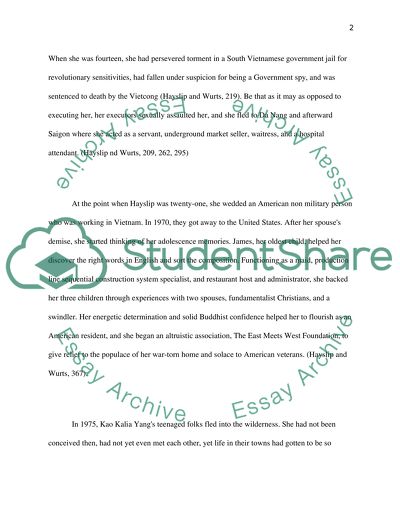Cite this document
(“American War in Vietnam Essay Example | Topics and Well Written Essays - 1250 words”, n.d.)
Retrieved from https://studentshare.org/literature/1644626-american-war-in-vietnam
Retrieved from https://studentshare.org/literature/1644626-american-war-in-vietnam
(American War in Vietnam Essay Example | Topics and Well Written Essays - 1250 Words)
https://studentshare.org/literature/1644626-american-war-in-vietnam.
https://studentshare.org/literature/1644626-american-war-in-vietnam.
“American War in Vietnam Essay Example | Topics and Well Written Essays - 1250 Words”, n.d. https://studentshare.org/literature/1644626-american-war-in-vietnam.


